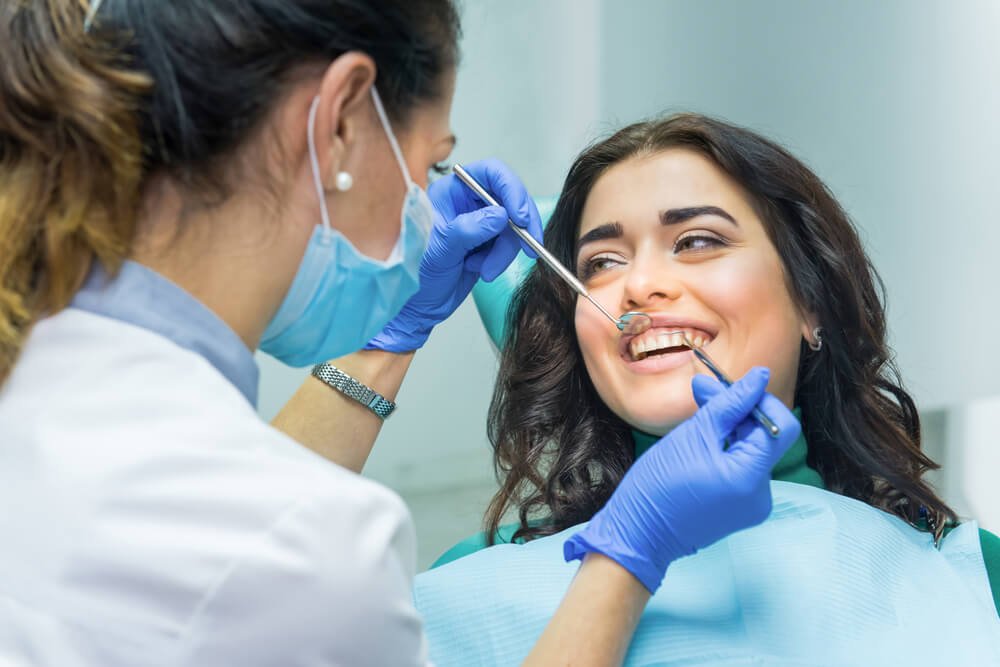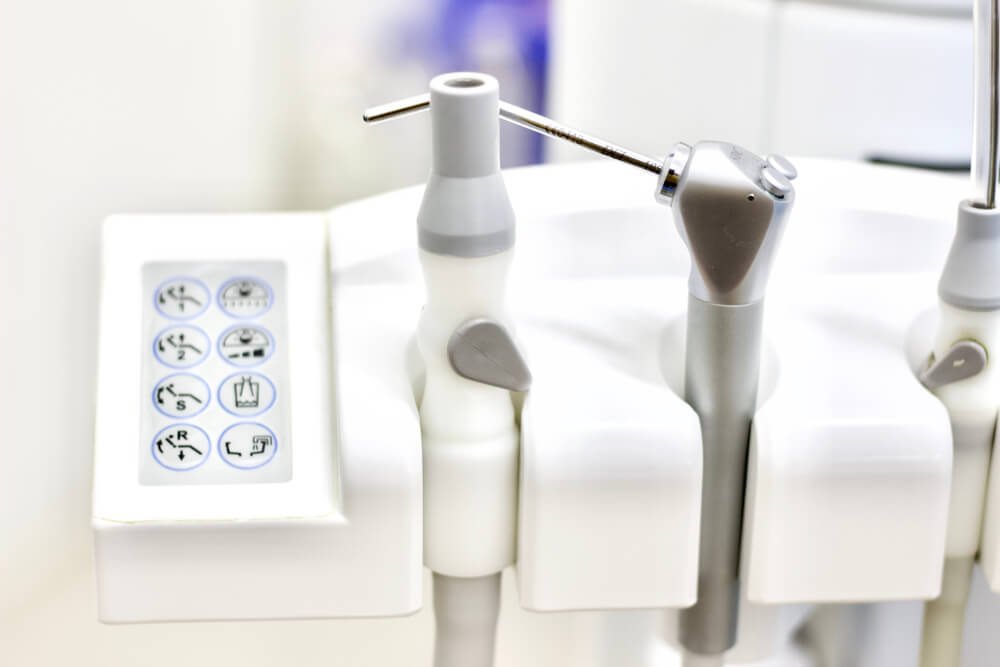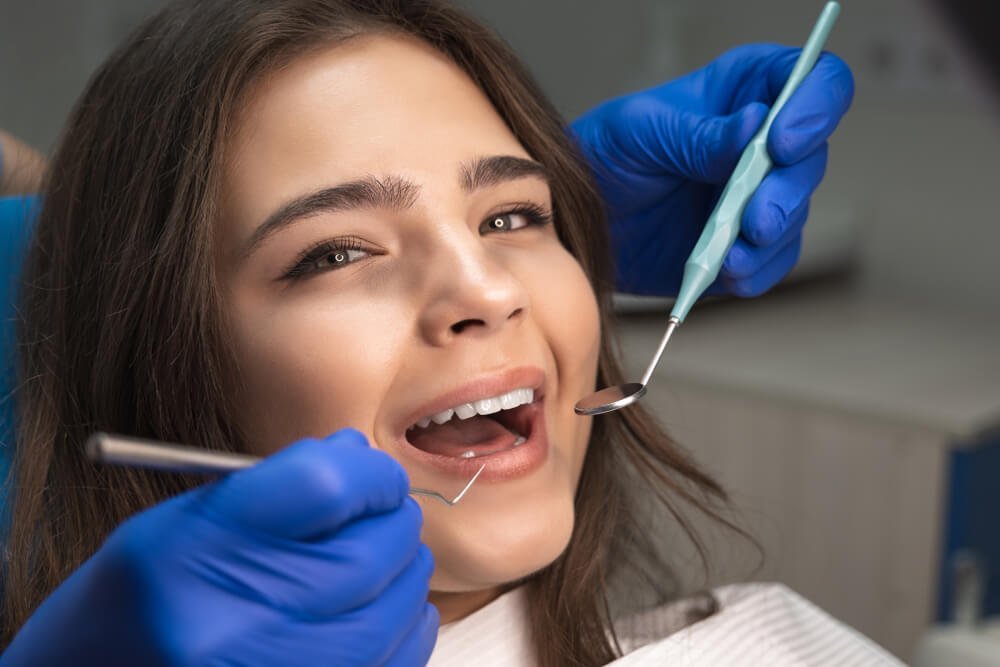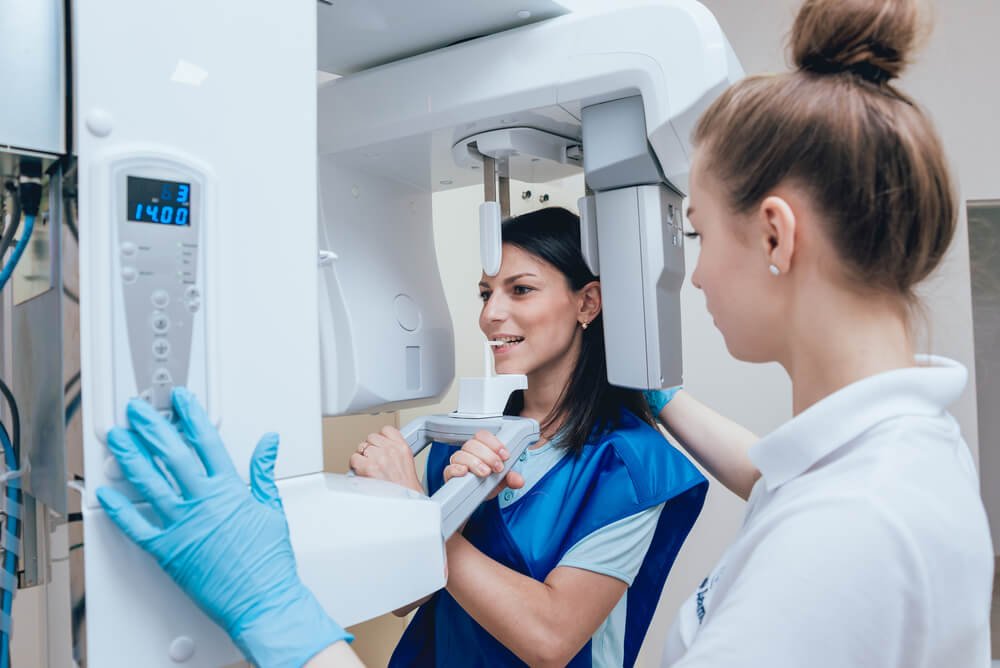Visiting the dentist is not high on everyone’s bucket list. The tools they use can seem scary, but they are essential to evaluating and treating problems within the mouth. Seeing the dentist regularly can prevent worsening problems in the teeth, jaw and gums. Here are some common items the dentist may use during your visit.

X-Ray Machines
Dentists commonly use x-ray machines to look at the root of teeth and find potential decay in the teeth themselves. They can also spot jaw problems with x-rays not visible with the naked eye. Many offices use intraoral machines to focus on particular teeth. Some offices also have a panoramic machine that looks at the entire jaw from left to right. Having dental equipment repair kits on hand keeps these machines running when needed. They can also spot jaw problems with digital x-rays not visible with the naked eye.

Safety Gear
Disposable gloves help keep your mouth safe. Hands can transmit all kinds of germs and diseases along with your mouth. Disposable gloves are handy because they are sterile and easily replaced. During cleaning, extracting and operating, dentists may wear safety goggles to protect their eyes from saliva and debris coming from your mouth. Many also wear masks to prevent the transmission of airborne illnesses.
Dentists wear medical-grade disposable gloves to protect their patients and themselves from germs and infections. It’s a standard practice for dentists (and other medical professionals) to wear medical exam gloves while doing checkups and tooth operations.

Power Tools
The dental hygienist uses a suctioner to remove excess saliva pooling in the mouth along with scraped off tartar. There is a water gun for rinsing and an air gun to dry the tooth for close inspections. Nitrous oxide or laughing gas is used for patients undergoing surgery. Polishers complete a routine dental exam by thoroughly cleaning the teeth.

Manual Tools
The dentist or hygienist can remove tartar and plaque with a scaler. They grip teeth using forceps and often employ a mirror to see the backs of teeth. Suspicious areas are explored using a probe. Rasps and files are handy for root canals and smoothing down bones. Those specializing in surgery may have additional equipment and tools for filling cavities to installing implants.

